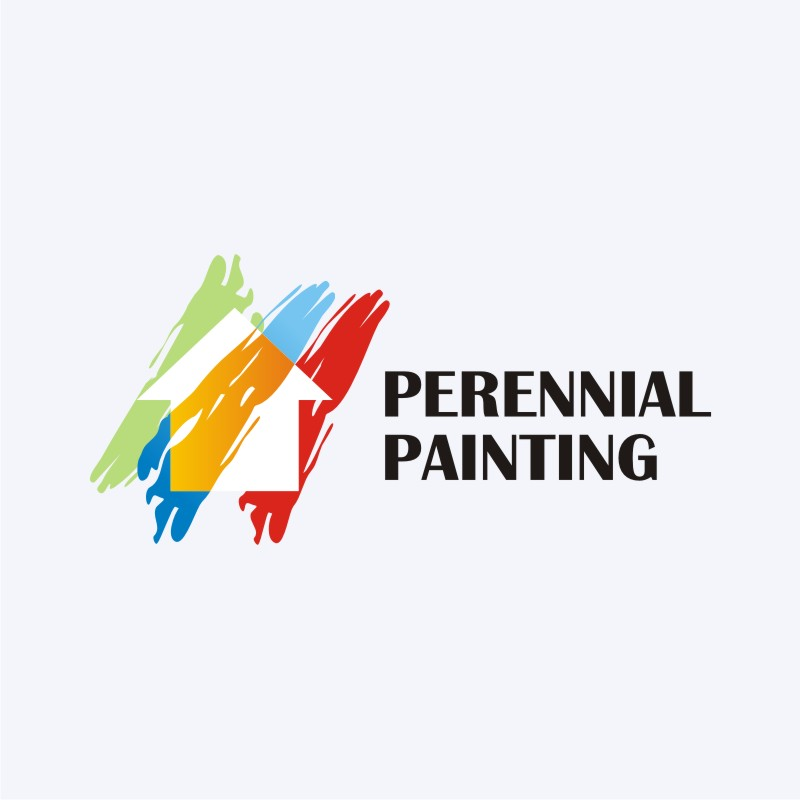Seasonal Considerations For Industrial Outside Paint: What You Required To Know
Seasonal Considerations For Industrial Outside Paint: What You Required To Know
Blog Article
Personnel Author-Leach Rosendal
When you're preparing an industrial external paint project, seasonal factors can make or damage your outcomes. You'll wish to consider exactly how temperature level and humidity influence paint application and drying out times. Picking the appropriate period can guarantee your paint adheres effectively and lasts longer. However which periods are really the most effective for this kind of job? Let's discover the key elements that can impact your task's success.
The Impact of Temperature Level on Paint Application
When you're preparing a commercial external painting project, the temperature level can significantly affect just how well the paint sticks and dries out.
Ideally, you want to paint when temperatures range in between 50 ° F and 85 ° F. If it's also chilly, the paint might not cure properly, bring about problems like peeling or cracking.
On the other hand, if it's too warm, the paint can dry as well promptly, avoiding appropriate bond and causing an irregular coating.
You ought to likewise think about the time of day; early morning or late afternoon uses cooler temperature levels, which can be extra desirable.
Constantly check the maker's recommendations for the certain paint you're using, as they commonly supply support on the perfect temperature variety for optimum results.
Humidity and Its Effect on Drying Times
Temperature level isn't the only ecological aspect that affects your industrial exterior painting project; moisture plays a considerable function as well. High humidity levels can slow down drying times significantly, influencing the total high quality of your paint job.
When the air is filled with wetness, the paint takes longer to cure, which can result in problems like poor adhesion and a higher threat of mildew growth. If https://www.architecturaldigest.com/story/affordable-art-online on a particularly humid day, be gotten ready for prolonged wait times in between coats.
It's crucial to keep an eye on local weather conditions and strategy appropriately. Ideally, aim for moisture degrees between 40% and 70% for optimum drying out.
Maintaining these factors in mind ensures your task remains on track and delivers a long-term surface.
Best Seasons for Commercial Outside Paint Projects
What's the very best season for your business external painting tasks?
Spring and very early fall are normally your best options. Throughout these seasons, temperatures are mild, and moisture degrees are usually reduced, creating ideal problems for paint application and drying.
Prevent summertime's intense heat, which can trigger paint to dry as well rapidly, causing bad bond and finish. Likewise, winter's chilly temperatures can hinder correct drying out and treating, taking the chance of the long life of your paint job.
Go for days with temperatures between 50 ° F and 85 ° F for optimal outcomes. Keep in mind to inspect the local weather prediction for rain, as wet conditions can destroy your project.
Preparation around these variables guarantees your paint job runs smoothly and lasts much longer.
Final thought
In conclusion, intending your commercial outside paint jobs around seasonal considerations can make a significant distinction in the end result. By does paint expire or go bad throughout the excellent temperatures and moisture levels, you'll ensure better bond and drying out times. Bear in mind to keep an eye on local weather prediction and select the correct time of year-- spring and very early loss are your best choices. Taking these steps will certainly help you achieve a long lasting and specialist finish that lasts.
